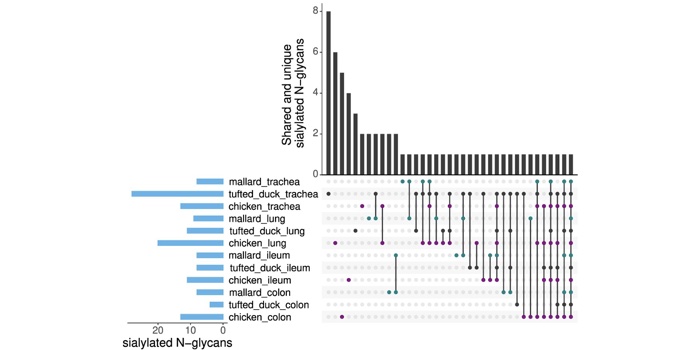Background
Influenza, or “flu” as its often called, reoccurs over winter, and affects a large part of the population. Influenza can be severe, and lead to increased mortality in immunosurpressed individuals (e.g. the elderly). Influenza, caused by one of the four virus types; A, B, C, and D. While influenza strains A and B cause typical flu-like symptoms, C is milder, and D has not yet been detected in humans.
Influenza virus can spread by aerosols, infected water droplets, or direct contact. Individuals in ‘high risk’ groups (e.g. the elderly) are encouraged to take an annual vaccination against influenza, as mutations in the virus mean that prior infections are not protective against new infections. This can lead to outbreaks and even pandemic, perhaps the most famous being the so-called ‘Spanish Flu’ pandemic during the first World War. Continuous efforts are made to monitor influenza, and to prevent the potentially devastating impacts on society (e.g. by creating vaccines against novel strains). For more information related to influenza and how it is managed in Sweden, refer to The Swedish Public Health Agency (Folkhälsomyndigheten) (resources in Swedish).
More information about influenza is available from the World Health Organisation (WHO).
Data highlights (1)
Dashboards (2)
Editorials (1)
Influenza



